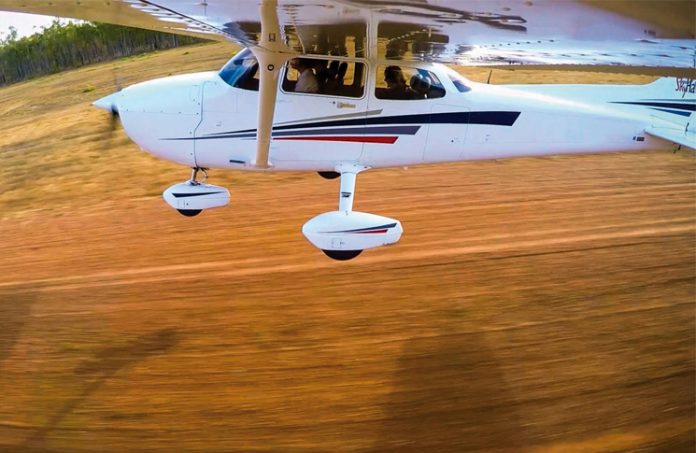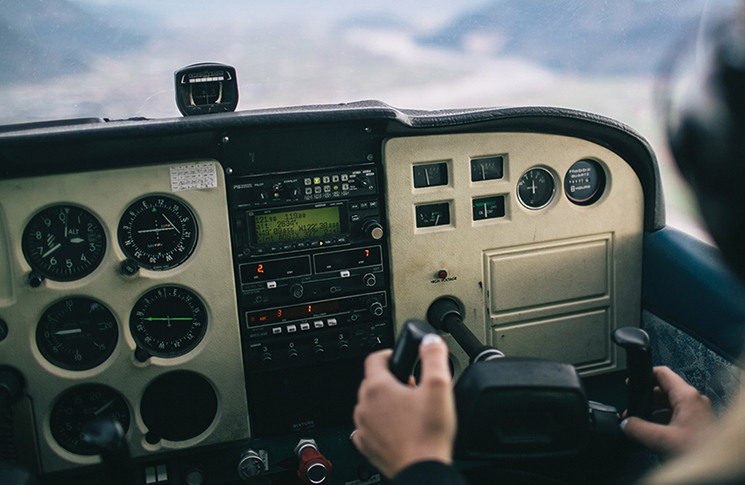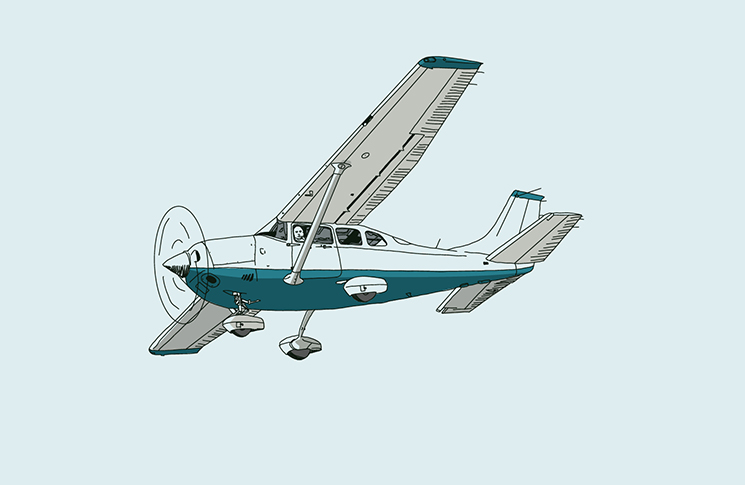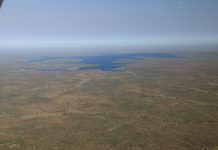It was the mid ‘90’s and I had a restricted pilot’s licence under my belt and was half way through navigation training for my unrestricted licence. I was working my own hours as a self-employed contractor. This gave me the opportunity to fly during the week and avoid the weekend crowds at the flying club. Instructors and aircraft were also freed up so booking one was an easy task on short notice.
It was mid-summer in Western Australia and not unusual for temperatures to creep into the low 40’s by early afternoon. Especially in the wheat belt where this particular navigation exercise took me and today was an absolute scorcher.
This navigation task required my instructor to fly with me and observe, whilst only giving direction when and if needed. The flight plan was filled in, checked by my instructor and submitted before lunch. A sit-down briefing followed, with the route marked up in pencil on my map, radio frequencies written down on my clipboard, then out for a pre-flight aircraft check in the midday sun on the black bitumen apron.
Once inside, the cockpit resembled a slow cooker oven. The vinyl seats could cook the back of your legs given the opportunity.
With my instructor tightly buckled in, radio calls made, and clearances given, we were off into the thin hot air of the afternoon. Puffy white cumulus clouds lined our journey. As we continued, I kept a close eye on the vertical speed indicator which was showing stomach-churning rates of assent under the clouds.
With the heat and the bouncing aircraft, we were constantly taken off course. Plus, the added stress of an observing instructor conspired for an unusually high work load for a student. After a few successfully located way points, the day was taking its toll. And then, deep into the wheat belt my instructor advised me to initiate a failed engine emergency landing whilst he pulled the throttle knob to idle.
Not surprisingly we were directly over a farmer’s gravel landing strip in the middle of nowhere, not a building or road to be seen from horizon to horizon. With the usual checks done I joined the circuit at the downwind leg whilst giving un-broadcast emergency radio transmissions.
First stage of flaps initiated on base, speed and altitude checked. Followed by full flaps selected on short final and speed constantly over running. I tried lifting the nose higher and higher to wash off speed and keep the approach as close to 50 knots as I could and struggled …
With a wallowing aircraft at 100 feet off the gravel strip, the stall warning started to wail. Checking my speed, I assumed the stall warning was an error as the aircraft should not be stalled at 50 knots on full flap.
A shout from my instructor to ‘Go round!’ was met with a blank look. I was frozen as if in stone. I can only assume fatigue had set in. He grabbed the controls and applied full throttle to level the aircraft. I watched the ground pull away with an audible sigh of relief.
After being told to look out the left and right windows, it became evident the flap motors had failed. In fact, the flaps were not deployed at all and moving the selector up and down confirmed this.
Later, at our debrief back at the club house, I told my instructor that I was absolutely positive I heard the electric motors wine at each stage of flap selection. A false perception indeed. In hind sight it was obvious something was wrong as the usual nose up pitch at each stage of flap selection did not occur. Out of this incident, it was pushed home to always look out of the windows to confirm each stage of flap selection visually.
Valuable lesson learned.
Note: If you’ve enjoyed this close call, Flight Safety Australia has an offer that will make those long winter evenings much more entertaining. You could call it Christmas in July. We’re offering our 2017 Collectors’ Edition and the Close Calls Sport Aviation Special 2017 for just $7.50 delivered—a 50 per cent saving! Go to the CASA online store during this month only.






Rather than trying to lose height at slow speed when you are too high on final I was taught to dive steeply and level off as low as possible to allow the speed to then reduce whilst relatively close to the ground. I guess the reason being that low and fast is better than high and slow, also you get down really quickly and have more choices.
Maybe things have changed in 50 years since then?
Not long after attaining my unrestricted my instructor taught me how to do a high speed approach landing mainly because it was my intention to do frequent runs into Sydney Airport which I did over the years. This involves flying at cruise speed right down the final approach to the runway and when at about 50 feet over the threshold you begin extending stages of flap when you reach the flap extension speeds constantly keeping the nose up accordingly and landing when the speed drops nearly to stalling speed.
Naturally this uses up a fair bit of runway but it doesn’t matter when landing on the Sydney Airports very long runways anyhow, the whole object of the exercise being to get down on the runway as quickly as possible , obviously because on that airport you cannot muck around with a the usual slow approach because of the busy situation at the airport where if you are holding up the landing sequences of other faster aircraft, you are liable to be told to go around and hold to await further landing clearance. I used this high speed approach technique when landing at Sydney many time over the years with great success and without inconveniencing faster air traffic!